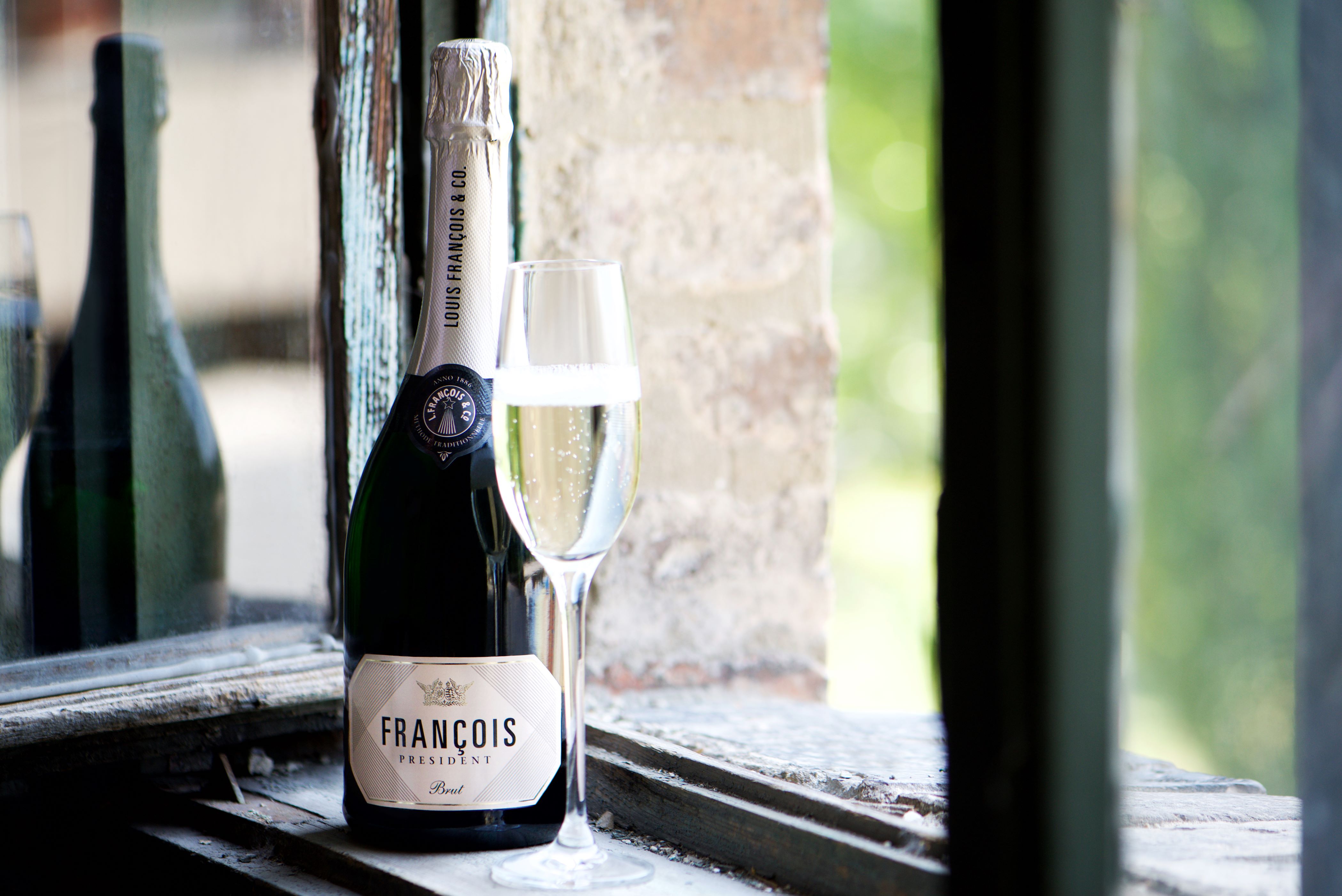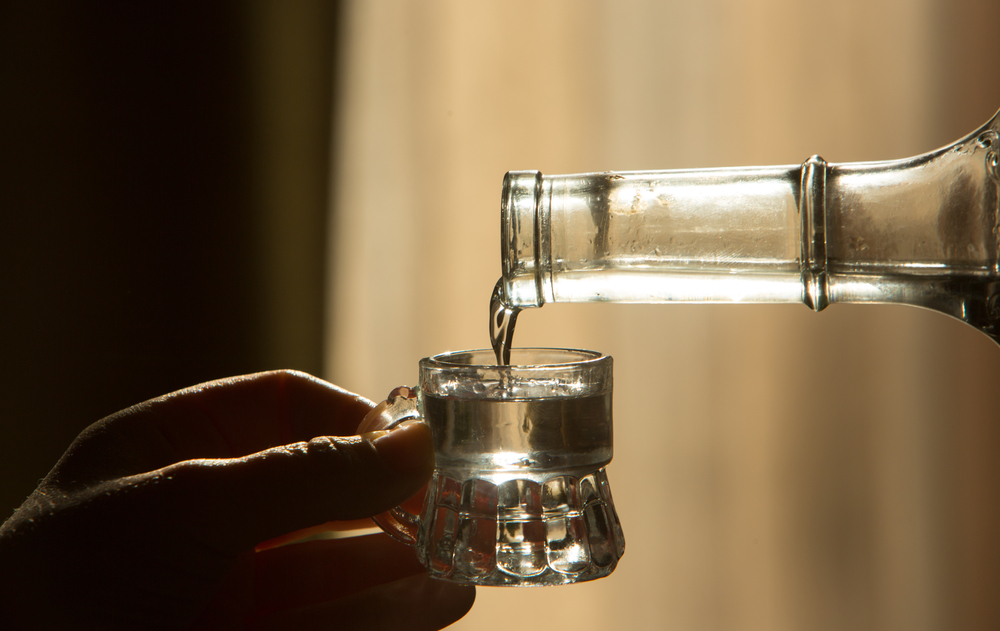New Neszmély Emerging From Underrated Region

Think of the Neszmély wine region and it is often the large, internationally successful Hilltop winery that springs to mind. While Hilltop was present at the Tavaszi Kvaterka (roughly translated as “Spring Wine Hangout”) event, it was also nice to sample the offerings of other cellars from an underrated region.
In all, 25 wineries were present at the event held in Tata’s Esterházy Pezsgőgyár (sparkling wine manufactory), with Hilltop represented by Ákos Kamacsay Sr., who makes Hilltop’s premium range under his name,
I recently met up with winemaker Szabolcs Fiderman at the Herold Pince in Pannonhalma, where he carries out his day job with aplomb. It was nice, therefore, to get to taste this young vintner’s own-label wines, which he makes together with two friends, under the collective name of N3 Borműhely [Workshop]; the “N” stands for Neszmély.
The other two members of the collective are Balázs Katona, who works in IT, and Zsombor Kaári-Kabay, who manages Paulus Bormúzeum restaurant in Mór. Depending on the vintage, they buy grapes from two to three growers with sites on Gerecse Hill and produce up to 6,000 bottles per year.
N3 Borműhely’s wines exude both youthful energy and this cooler climate region’s freshness and fruitiness, which also comes from its soils, with their high limestone content. Their packaging is also hip and funny.
The amusingly named Spice Boys Cserszegi fűszeres 2021 is deliciously spicy and has a delightful lightness of touch with lots of zestiness on the palate, with lychee and peppery notes that are typical of the grape variety. Cserszegi fűszeres is a crossing of Irsai Olivér and Red Tramini, and while it’s a more restrained on the nose than the Irsai’s more aromatic attack, it often gives a lot more in terms of substance on the palate. The Sauvignon Blanc, also the same price, positively oozes gooseberry aromas and flavors.
The Flocking Fabulous rosé 2021 is made from the Cabernet Sauvignon grape and has a deep salmon color, ripe red fruit, good body and a peppery twist. These wines give plenty of bang for the buck at HUF 1,790 from shop.n3bormuhely.hu. N3’s Chardonnay 2021 has great varietal purity with a citrusy core and focused linear acidity. This one costs a very reasonable HUF 3,490.
Hiking and Wining
While the Pilis Hills may be more of a place you associate with hiking than fine wine, it is part of the Neszmély wine region. The Szivek Pince is located in the heart of Pilis and first caught my palate’s attention when it came out with a terrific trio made from the Zöldveltelini grape from the 2015 vintage. These were made from grapes from different rows, harvested on different dates, and vinified on different days.
Zöldveltelini is the same grape as Austria’s ultra-trendy Grüner Veltliner, sometimes shortened to the groovy GruVe. Szivek has come up with its own catchy Magyarized diminutive moniker of ZéVé, for its premium Zöldveltelini, which is only made in exceptional vintages.
When I asked how the ZéVé wines from 2021 were shaping up, the owner/winemaker Péter Szivek, who runs the winery together with his brother György, told me that due to the hot, dry vintage, thirsty wild boar and deer had snaffled the bulk of the grapes and that the trio won’t appear from this vintage.
In 2020, Szivek made a regular Zöldveltelini (HUF 2,500), which has the grape variety’s classic herbal touch, along with crisp citrus fruit. From the last vintage of ZéVé, ZéVé Trilógia III 2017 costs HUF 3,900; it is full-bodied, spicy and concentrated, but also elegant.
Szivek Pince is based in Kesztölc (40 km northwest of Budapest by road), where it has a charming old cellar in which there’s a striking looking press that dates back to 1867. The winery has 18 hectares, which once belonged to the Archbishop of Esztergom, with 3.5 of those hectares now certified organic and more under conversion.
Szivek’s Cserszegi fűszeres 2021, which will soon be available, comes from this organic plot. Half of it was spontaneously fermented, with the other half fermented by organic yeast. It is juicy, grapey and has a lychee character, as well as a real purity about it. The Zweigelt rosé 2021 revealed ripe raspberry notes and also came from the organic part of the vineyard.
Pét-Nat Party
Meanwhile, Szivek’s Pét-Nat (pétillant-naturel, whereby natural bubbles are retained when the still-fermenting wine is bottled in what is called the méthode ancestrale or ancestral method) comes from a more resistant Sauvignac variety, which doesn’t need to be sprayed, and is a pear and grapefruit party.
Another nice Pét-Nat, also from resistant varieties, comes from Turay Családi Pincészet, from Baj, and is made from Solaris and Borsmenta (the latter comes from the Pécs Research Institute). The bottle was closed with 18 g/l of residual sugar remaining, before fermenting until dry in the bottle. The fledgling but highly regarded Kisbaka Pincészet makes an impressive still wine from Solaris.
Zsolt Maller, owner and winemaker of Currus Pince in Dunaszentmiklós, 80 km northwest of the capital, deliberately leaves the grapes out on his one hectare of vines (which are cultivated organically, though it is not officially certified) until they attract some botrytis, which he feels brings complexity to the wine.
While many consider that the presence of botrytis is overpowering and can block out the varietal character of the wine, it does bring complexity here, as the Currus wines also have texture and fruit.
Currus’ Árnyékvilág is a blend of Juhfark, Kényelű and Olaszrizling, aged in third-fill barrels for a year and a half. The relatively long period has taken the edge off the acidic Juhfark and Kényelű varieties, resulting in a concentrated and creamy wine that’s a tad oaky, ideal for those who like a little wood in their wine. Currus’ Furmint comes from four clones and goes under the moniker of Égigérő.
One final note from Neszmély: Six wineries from the area, including Hilltop, Szivek, and Kisbaka, are each due to release a “mutual” wine soon that represents the region’s qualities.
This article was first published in the Budapest Business Journal print issue of March 11, 2022.
SUPPORT THE BUDAPEST BUSINESS JOURNAL
Producing journalism that is worthy of the name is a costly business. For 27 years, the publishers, editors and reporters of the Budapest Business Journal have striven to bring you business news that works, information that you can trust, that is factual, accurate and presented without fear or favor.
Newspaper organizations across the globe have struggled to find a business model that allows them to continue to excel, without compromising their ability to perform. Most recently, some have experimented with the idea of involving their most important stakeholders, their readers.
We would like to offer that same opportunity to our readers. We would like to invite you to help us deliver the quality business journalism you require. Hit our Support the BBJ button and you can choose the how much and how often you send us your contributions.









